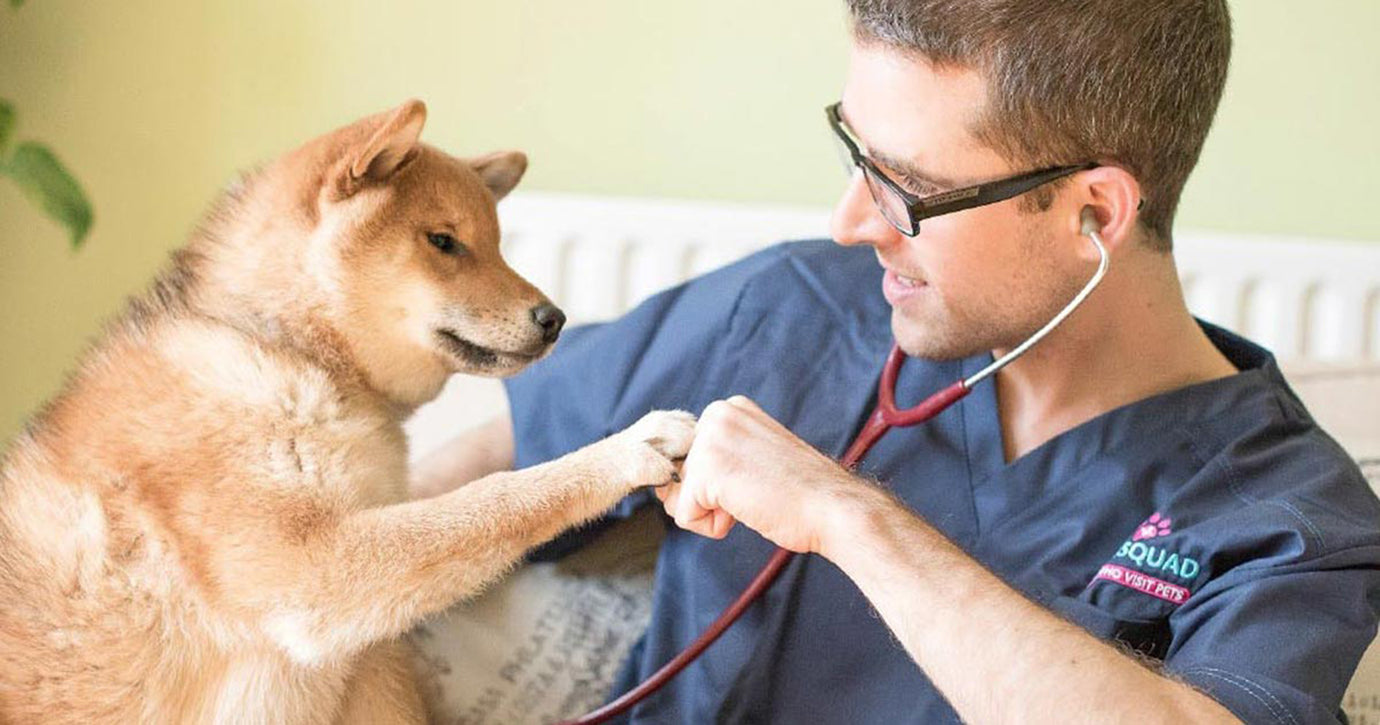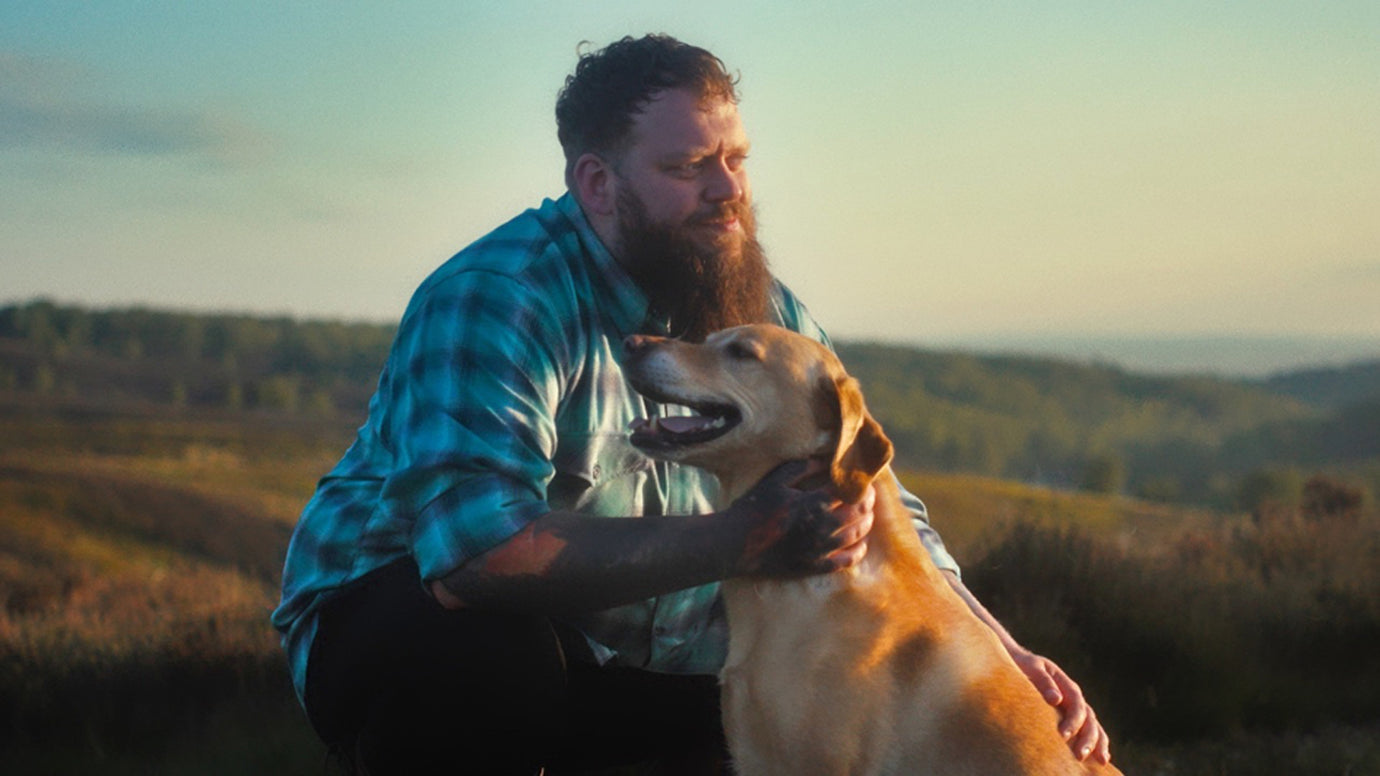Don’t forget the dog bed! Choosing a new home with your dog

Few of us go through all of our adult lives in the same home that we started it in, and for numerous reasons such as needing more room, relocating with work or the end of a tenancy, most of us have to face the reality that at some point, we will need to move house!
Finding and buying (or agreeing a tenancy) on a new home can be stressful and hard work, not to mention the actual process of moving itself-and naturally, everyone has their own ideas of what they are looking for in their perfect home at different life stages.
However, if you have a dog, you should take this into account when it comes to finding the perfect property, and doing this can help to ensure that you make the right choice, and your dog settles in as well as you and your family do.
In this article, we will look at some of the things that you should think about when it comes to choosing a new home with your dog in mind, and how to avoid any potential problems. Read on to learn more.
Red tape and rules
First of all, whether you are renting or buying, before you get your heart set on a particular property you should first make sure that you are able to keep pets there. Some landlords will not accept pets, and even some purchased properties may have regulations on the keeping of animals, particularly if the property is leasehold, part of a managed development, or is an apartment with the public areas run by a management company.
This is something you should ascertain and clarify before you even arrange to go and see a property, to avoid wasting time and effort.
The house itself
When you go to view a house or apartment for the first time, it is important to view it through the eyes of a dog owner, and assess its suitability as a future home for your pet.
Think about things like the size of the rooms, hallways and doorways, as a large dog should be able to move around in their own home comfortably. Also think about things like where you would feed the dog, where they would sleep, which door you would take them in and out through, and if you could close your dog off or separate the house into two parts if you needed to.
It can also be helpful to look for a home that has a utility room or wet room that you can use for cleaning your dog (and yourself) up in after walks, and to store muddy boots and coats!
The garden or yard
Assessing your outside space is important too, and it can be challenging to keep a dog in a home with no garden or yard.
Look for a garden or yard with enough space for your dog, easy access from the house, and views from windows that would allow you to see what your dog is doing. Also, look at the suitability and condition of the fencing, and whether this would be sufficient to house your dog, or if you would have to make changes - and of course, find out the cost.
Also, look out for any potential hazards in the garden, such as ponds or toxic plants-these may not be a deal breaker, but you should also think about how you would be able to resolve the issue before your dog uses the garden or yard.
Local facilities
Check out online listings and talk to other dog owners to find out how well served the neighbourhood is in terms of services and facilities for dog owners. Check out Google maps or a similar service, and look for local vets, groomers, pet sitting or dog walking services, and anything else that you need.
Additionally, if you are involved in canine sport (or want to be), find out about any clubs or groups nearby and factor this in if it is important to you.
Walks and green spaces
Check out the general area around the house, and see how well served it is with suitable routes to walk your dog safely, and green spaces where your dog can run off the lead. Think about local dog parks, enclosed fields and footpaths, and consider how well you would be able to meet your dog’s needs in this respect.
Neighbours
Finally, it is a good idea before making a final decision to go and say hi to your potential new neighbours, let them know about your dog, and find out if they have any pets or concerns.
If your immediate neighbours have cats, they will rightly expect you to ensure that your dog is contained and cannot get out, and if your neighbours have dogs, they may be able to provide you with invaluable local advice on information on what’s around!
(Article source: Pets 4 Homes)





